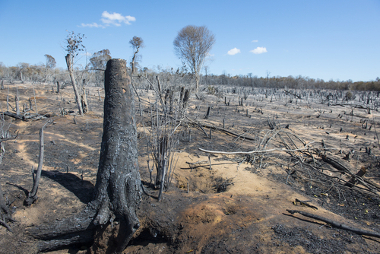Australia is a young country, but it already occupies a prominent economic and social place on the world stage. The territory of this country covers an area of 7,713,364 km2, slightly smaller than the Brazilian. Currently, around 21.2 million inhabitants live in Australia, a very small number due to the extensive territory of the country, resulting in a demographic density of approximately 2.7 inhabitants per kilometer square. The Australian population has a good quality of life, as demonstrated by social indicators, which indicate an HDI (Index of Human Development) of 0.937, the second highest in the world, according to data released in 2010 by the Organization of the Nations United (UN). In addition to having a life expectancy of over 81 years. Infant mortality also reflects the good quality of life in the country, as in this regard, the current rate is around 4.57 deaths per thousand births. And finally, the literacy rate, which is very high, over 99%. It can be observed, from what was exposed above, that all social indicators in the country present indices above the world averages.
Do not stop now... There's more after the advertising ;)
Of the more than 21.2 million Australian inhabitants, around 95% are of European origin, with a predominance of British, however, there are still national minorities, such as those of aboriginal origin. Most of the country's population is concentrated in the southeast of the territory, regions in which the main industrial parks are established. Due to its good industrialization index, the urban population is much higher than the rural population, with more than 85% of the inhabitants living in cities. The urban centers with the highest concentration of people are Melbourne (about 3.7 million inhabitants), Brisbane (about 980 thousand), Perth (1.5 million) and Adelaide (1.1 million). In Australia, vegetative growth is very low and has been falling annually.
By Eduardo de Freitas
Graduated in Geography
Brazil School Team
Countries of the world - geography - Brazil School



